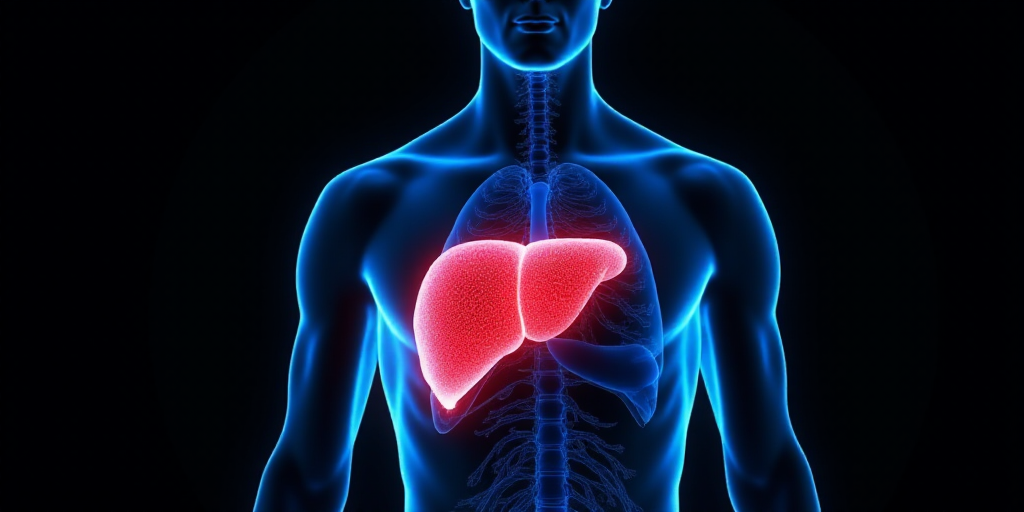Stigma Surrounding Lung Cancer in Mexico
Lung cancer remains “extremely stigmatized” in Mexico, as it is commonly believed to affect primarily older smokers. However, experts say that between four and five out of ten patients are non-smokers, and the disease is increasingly impacting people in their productive years. Dr. Jorge Alatorre, a thoracic oncology specialist at Centro Médico ABC and ONCARE, notes that while the global median age for lung cancer diagnosis is around 62, he’s seeing more young patients without risk factors.
Luis Lara Mejía, an expert in lung cancer at the Centro Especializado en Pacientes con Cáncer, Enfermedades Pulmonares y Enfermedades Cardiológicas (ONCARE), echoes this sentiment, stating that Mexico still views the typical lung cancer patient as a long-time smoker, whereas in Latin America, diagnoses among non-smokers are rising significantly.
Early Diagnosis is Crucial
During the “Cancer of the Lungs in the Era of Innovation” workshop, specialists emphasized the importance of early diagnosis to increase life expectancy. According to the World Health Organization (WHO), lung cancer is the fourth leading cause of death in impoverished countries, the primary cause of cancer-related deaths, and the most common new case in these regions.
Globocan (Global Cancer Observatory) reports that in 2022, Mexico saw over 8,200 new lung cancer cases (4% of all cancers), with more than 7,800 deaths. However, Dr. Jorge Alatorre points out significant underdiagnosis and that 82% of Mexican cases are diagnosed in advanced stages, complicating treatment options.
The incidence-mortality ratio is nearly 95%, far above the global average of 73%. This high mortality rate underscores the urgency for early detection strategies and access to genetic testing for more effective, innovative therapies.
Diego Kaen, president of the Argentine Association of Clinical Oncology (AAOC), stresses that there are no health policies in Latin America focusing on early lung cancer diagnosis, emphasizing the need for political will to address this issue.
Johnson & Johnson Presents Innovative Therapy
Based on the MARIPOSA clinical trial, Johnson & Johnson (J&J) researchers demonstrated that using Amivatamab in combination with Lazertinib offers new hope for patients with advanced non-small cell lung cancer (NSCLC) harboring the frequently occurring and challenging-to-treat EGFR mutation.
“Amivantamab combined with Lazertinib not only inhibits cancer growth and progression but also activates the immune system to combat this disease more effectively,” explains Leandro Aldunate, director of medical affairs at J&J Innovative Medicine Mexico.
The MARIPOSA study has shown significant advances in the therapy’s efficacy and safety, including increased overall survival, reduced new brain metastases, and better control of existing central nervous system lesions—a major challenge in advanced NSCLC treatment.
Approved by Mexico’s Federal Commission for Protection against Health Risks (Cofepris), this therapy extends patients’ life expectancy from 1.5 years with chemotherapy to five years with Amivatamab and Lazertinib.
Investment in Innovation
According to Leandro Aldunate, J&J’s medical director, the company invested over $17 billion in 2024 in developing innovative treatments, particularly for diseases like lung cancer. J&J aims to bring new solutions to market for conditions such as prostate, bladder, lung, and colorectal cancers.






